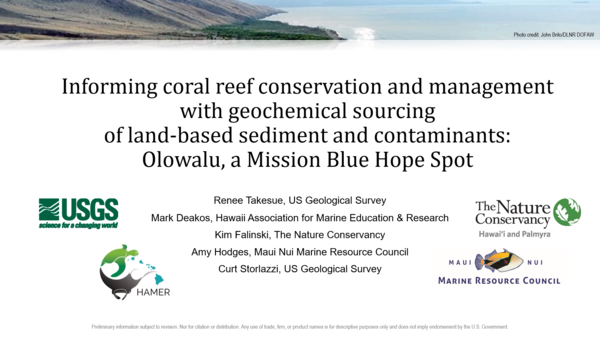Climate Science Champions Season 3: Renee Takesue, Research Geochemist
Climate Science Champions Season 3: Renee Takesue, Research GeochemistResearch Geochemist Renee Takesue combines geology and chemistry to shed light on how chemical components from natural and human-made sources make their way into coastal environments.








